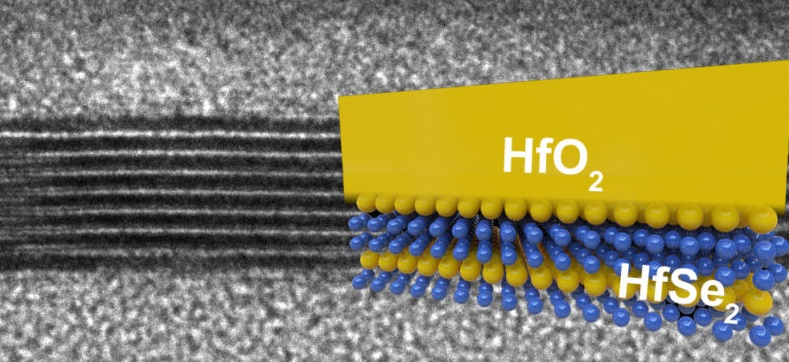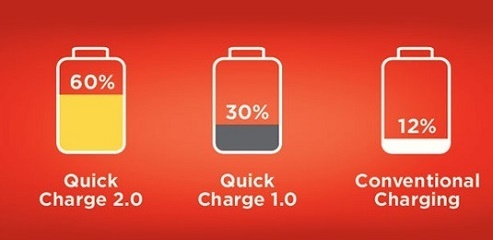It was recently discovered that semiconductors have this property of rusting. Semiconductors can rust, which in turn creates an insulating layer on its circuitry. Stanford University has been working on this issue and has come up with the ultrathin semiconductor that shares the trait but overcome the limitations of silicon. The material will make silicon work more convincingly.

Even though these materials can also rust like other semiconductors but they have some greater characteristics. This new material seemingly mitigates the potential threats as expressed in Moore’s Law. Moore’s law is an observation made by scientist He noticed that the number of transistors per square inch on integrated circuits had doubled every year since their invention. Moore’s law also predicts this trend will continue into the foreseeable future.
As the complexity of phones and other electronic gadgets are increasing, the thickness and dimensions of the devices are reducing every passing day. Scientists are apprehending that in coming days, the computer chips will be just a few atoms thick. Normal semiconductors will be able to withstand this pressure. Hence, researchers were finding out a way to develop new material that can not only beat the problem of rust, but also help in creating in super thin semiconductor materials.
University of Stanford has identified two semiconductors hafnium diselenide and zirconium diselenide. Eric Pop, associate professor of electrical Engineering, Stanford university said, “It’s a bit like rust, but a very desirable rust”.
The experimental chip consists of different bands of black and white reveal alternating layers of hafnium diselenide, (ultrathin semiconductors) and the hafnium dioxide insulator. The cross-section of the experimental chip also matches an overlaid color schematic on the right. The ultrathin semiconductor materials can be compressed and incorporated into circuits just three atoms thick. If the super semiconductor can be made into use, it will save more semiconductors and thus make room for more and more chips and circuitries.
“Engineers have been unable to make silicon transistors thinner than about five nanometers, before the material properties begin to change in undesirable ways,” Pop said. “Silicon won’t go away. But for consumers this could mean much longer battery life and much more complex functionality if these semiconductors can be integrated with silicon,” Pop said.







Leave a Reply